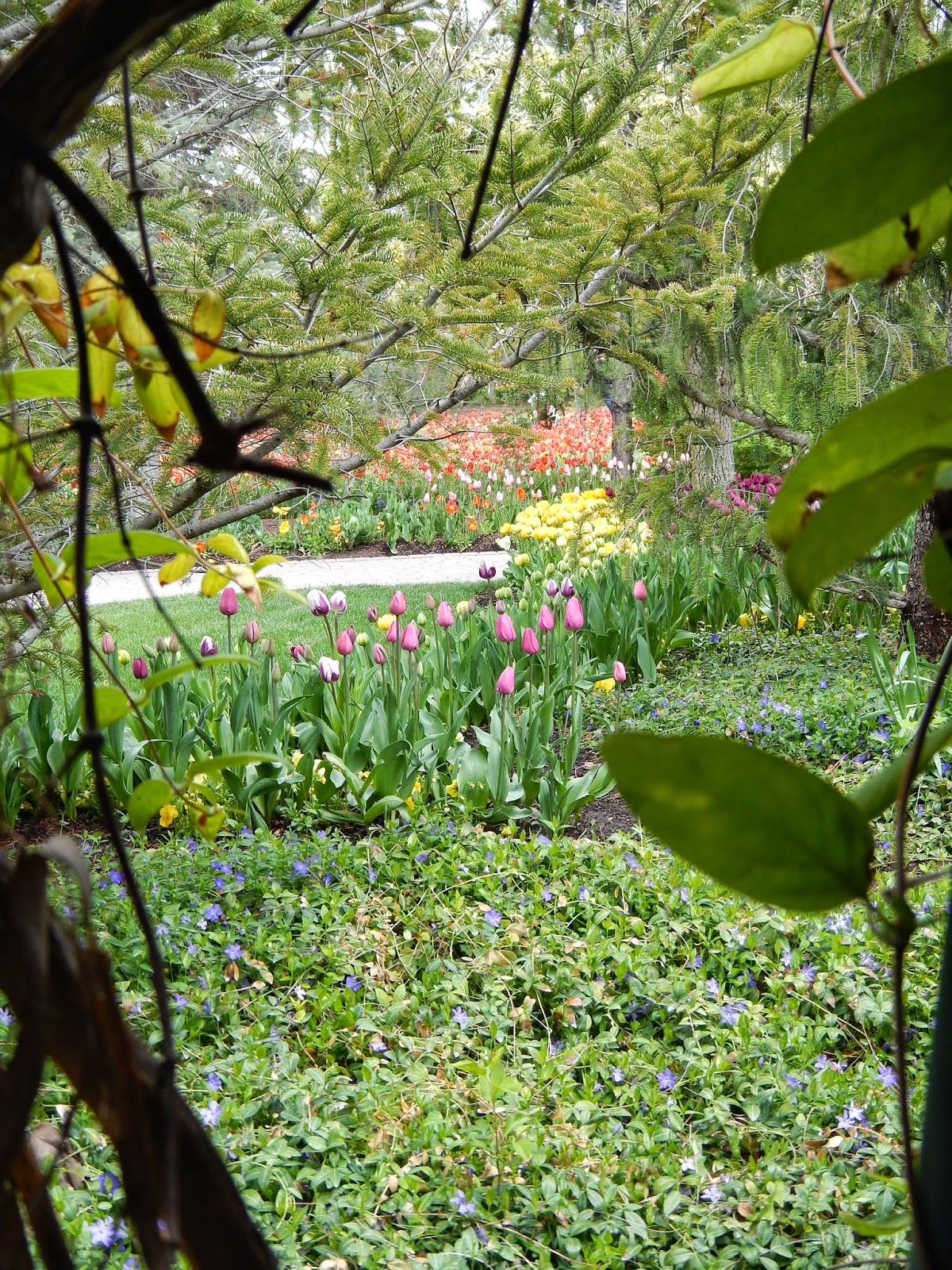When Perry was a boy there was a strong lure for the western frontier of the growing United States, so when he was about 20 years old he moved to the state of Illinois to a little place now know as Vermillion, where he met and married Mary Ann Cozat. She was born in Mercer, Kentucky on 30 September 1821. They had 5 boys. John born 25 March 1840, Daniel born 10 February 1843, Alvah born 28 May 1845 all in Vermillion, Illinois and Manasseh born 11 February 1849 and Perry Jr. born 22 January 1851 both in Millcreek, Utah.
In 1842, they became members of the Church of Jesus Christ of Latter-Day Saints and moved to Nauvoo, Illinois where the church had established its headquarters after being driven out of Missouri. They settled on 160 acres of land and shared with the saints in their persecutions and cruelties which were heaped upon them. After the assassination of Joseph Smith and his brother, Hyrum, they were driven from Nauvoo with the rest of the saints. They spent the following winter on the banks of the Missouri River at Winter Quarters where the saints were temporarily located. They left most of their valuable possessions behind including Perry's corn cribs full of corn.
While in Winter Quarters, Perry was chosen by Brigham Young as one of 143 explorers and pathfinders. He was in the first company to journey westward in search of a new home for the homeless and exiled people of which John S. Higby was Captain. Perry was responsible for 2 wagons in the train, his was the second wagon. Perry knew of the hardships ahead, and because Ann was not very strong he left her and his son John with the main body of the church to follow later. The other two boys died of Cholera in Vermillion during a Cholera epidemic; John having survived the disease at that time. John was but 6 years old but he was a big help to his mother and they managed until they could also come West.
The details of the long hazardous journey to Utah is a matter of history. Perry arrived in the Salt Lake Valley 24 July 1847, with Brigham Young, and assisted in raising the first flag on Ensign Peak. After one month, President Brigham Young, with a number of other pioneers, including Perry Fitzgerald, started on the return trip back across the plains to Winter Quarters for their families. Brigham selected Perry as his escort. While traveling eastward with light traveling equipment, they met and passed many companies of saints who were on their way to the Salt Lake Valley. In Brigham's company were a few of the Mormon Battalion members who had been honorably discharged in California and were on their way back to rejoin their wives and children. They arrived there and left the next spring for the second time to journey back across the plains. Some of the companies they met when on the way to Winter Quarters were Daniel Spencer, Captain Sessions, Apostle Parley P. Pratt, Apostle John Taylor and Jediah M. Grant.
Having successfully helped guide the first party to the site of the new settlement, Perry headed back east to meet his wife, Mary Ann, who was already traveling across the plains from Winter Quarters with another party, the George B. Wallace party. The group included Mary Ann, her son John, 7 years of age at the time, her Sister-in-Law Lurena F. Nebeker, Lurena's husband, John Nebeker, and their children. They were among the earliest of pioneer settlers to travel the historic Mormon Trail.
When they again reached the valley, Perry resided in Salt Lake with his family and assisted in building the fort which is now known as Pioneer Park. It was designed to protect the settlers from Indian trouble of which there were indications. In 1849 he took his family and moved to Millcreek, just a little south and east of Salt Lake and helped build a fort there. During the short time they lived there, two more sons were born; Manessah and Perry Jr. Perry's beloved Ann passed away at age 30 leaving behind her husband and children, John now l0, Manesseh age 2, and 6 week old Perry Jr. who later died at age 13. Elizabeth Shipley took the boys to care for them at her home in Draper. After considering the excellent range conditions in Draper (Willow Creek), Perry decided to move there and did that same year and built a small three room house of logs on a high stone foundation on the bank of the main creek. The logs were hauled from the canyon east of Draper. He built it on the north bank of the creek and secured squatters rights to his farm which took in the area between what is now 12400 South to about 13100 South.
Soon he met
and married Ann Wilson who bore him two daughters, Mary Ann on 16
September 1852 and Alfreda Ann on 1 October 1855.
Water was scarce in Draper and the settlers were afraid there would not
be enough water to divide with Perry, but somehow they managed. In
order to conserve the water they would go in wagons to the mouth of the
canyon where the stream was larger to do washing and water the horses.
When the water left the canyon it seemed to soak in the ground, and by
the time it reached the homes there was a very small stream. Because of
the gravely and sandy nature of the creek bed and the melting snow that
decreased in the summer months, they drove their cattle, sheep, and
horses to the canyon to water.
Shortly after Perry married Ann Wilson, he took another wife, Agnes Roylance Wadsworth, 16, who bore him 13 children, seven sons and six daughters. When John Jr. was about 22 years old, he married Sarah Williams. About that same year in 1862, the region suffered from an extremely severe winter and the old traditions are that Bear Canyon filled up with snow so that it was level with the sides of the mountain on each side. When spring came the result was a flood of water so high it washed down a lot of sand and rocks and threatened Perry's home, so Perry and his nearest neighbor, Josuah Terry, decided to build new homes on higher ground. Perry built his home of brick, the first brick home in Draper near the irrigation ditch that he helped to build so they could get water to higher levels of land. Here he was out of danger of anymore spring floods. This ditch runs westward along approximately 13400 South. Royal Truth, Agnes's youngest son lived in the brick house until he died 1 December 1971. The home is presently rented. The little log home is also there. It has been and still is a barn. It is located a little west of the brick home. The irrigation ditch is still used as part of the system in irrigating Draper land.
In about 1854, the Indians were quite numerous in the area so the settlers decided to build a fort for their protection. It was big enough to house 31 families and some of the people lived there, especially during several winters. In 1857 a LDS Ward was organized and a one room adobe church was built on the north side of the property where the fort was located. William Draper was the first Bishop. In 1856, Isaac M. Stewart became bishop, W. P. Terry was first counselor and Absolom Smith was second counselor. Five years later in 1861, Dr. John R. Park came to Draper and taught school. He was the father of teachers as well as a professional man. He lived with the Absolom Smith family and was a good friend to Perry. Perry was a kind and considerate father and was admired for his goodness and gentle ways. One of the annual Christmas customs of the family was father Perry bringing home a barrel or keg of candy which all enjoyed. He was a good provider and never turned anyone from his door that needed help. He also loved to dance. He was an honest unassuming man, yet had the moral courage to oppose wrong and to defend the right under all circumstances.
In the early days in Utah, Perry rendered valuable service in defending the colonists during Indian difficulties, and he showed courage in the fight with the Indians at Battle Creek (now known as Pleasant Grove). During the Walker War he was active in every measure which was taken for the welfare of the people. His neat and orderly habits and manly dignified examples made him a pillar of strength in the communities where he lived. He believed in and practiced economy, buying only what he could pay for, and never running into debt. He was never required to give his note and his word was a good as his bond. He was never required to sign a mortgage. He was a farmer, sheep and cattle raiser and he loved and owned fine horses. He had a team of horses which Brigham Young jokingly asked him for and Perry said he would rather be cut off from the church than give his valuable beautiful horses to brother Brigham. He had difficulty breaking the tobacco habit. Once he was seen chewing a piece of tree bark. He was ordained an Elder in the church in 1846 and a High Priest in 1856.
Grave marker in Draper Cemetery
----April 17, 1973 This biography was compiled from information received from the descendants of Perry Fitzgerald, and history of Draper, by Barbara C. Smith, a great granddaughter-in-law of Perry Fitzgerald. Perry Fitzgerald - Ann Cazot Manasseh Fitzgerald - Perry's son Melissa Ann Fitzgerald - Manasseh's daughter Melissa Ann Fitzgerald Smith - Melissa's daughter Joseph Ralph Smith - Melissa Ann's son Ebenezer Brown - Ann Weaver Joseph Gurnsey Brown - son Celestia Ann Brown - Gurnsey's son Joseph Lauritz Smith - Celestia Ann's son and Ralph's father Joseph Ralph Smith - my husband Information submitted by a granddaughter Alta Fitzgerald Andrus Aylett. Part of this information was written by Uncle J.Z. Steward, Aunt Julia's husband.
Bust and plaque located in historical Draper Park




















































